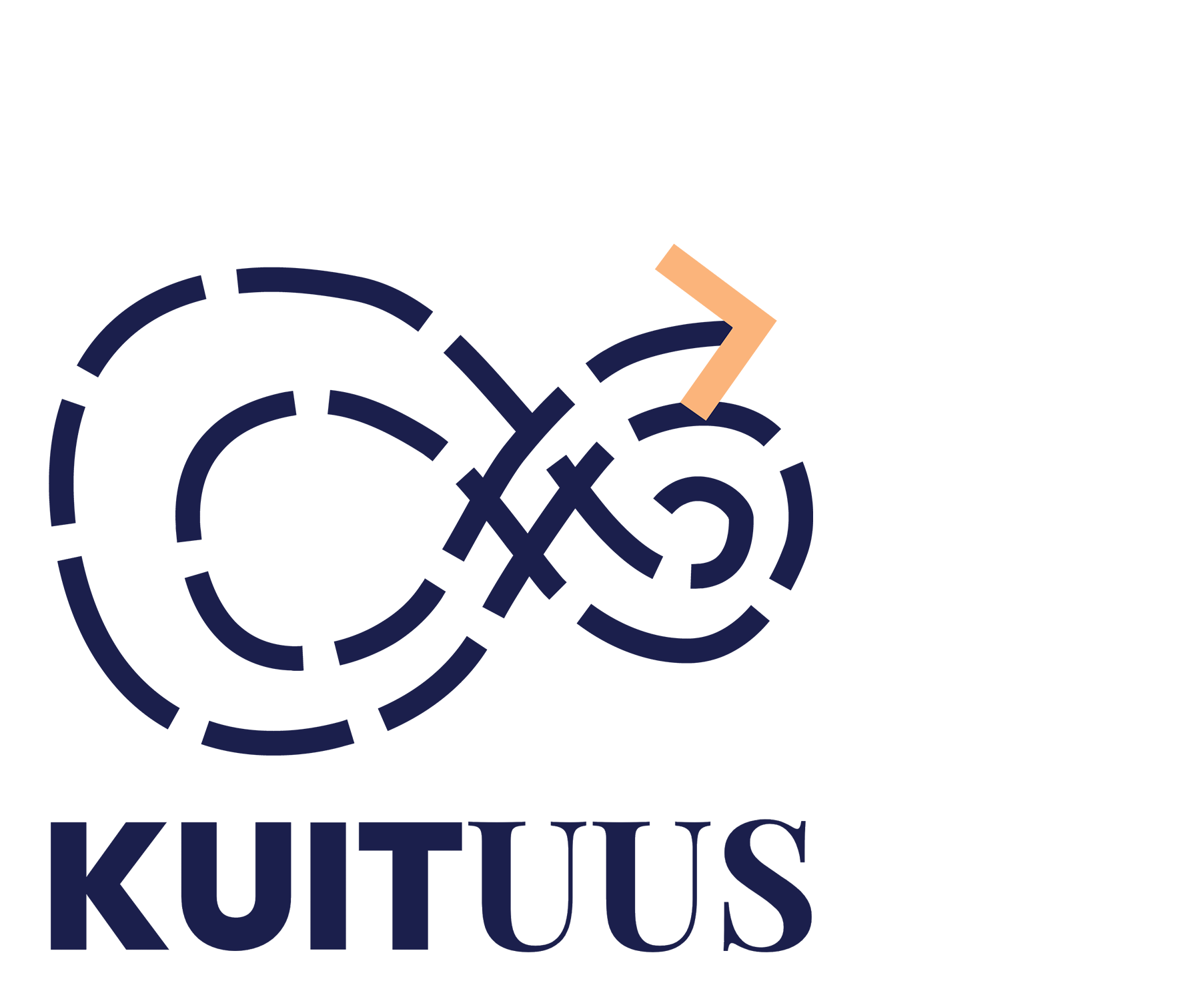30 Nov PODCAST 7: TEXTILE FLOW REPORT HELPS TO SET RECYCLING GOALS
Nearly 90 000 tonnes of end-of-life textiles are being generated in Finland every year. According to a recent report by Finnish Environment Institute SYKE, 3/4 of end-of-life textiles in 2019 originate from households and the majority, approximately 60 % of all end-of-life textiles are being incinerated as energy. However, this will soon change when the end-of-life textile refinement plant of Rester and Lounais-Suomen Jätehuolto (Southwest Finland Waste Management Ltd) opens. As of now, users of recycled fibre are needed. The best place for recycled fabric is in new textile but it can be used, for example, in composites and insulation.
The textile service company Lindström sees the report as important for achieving its own goals. Namely, the company has committed to recycling 100 % of customer textiles by 2025. Kristiina Tiilikainen, Sourcing Director of Lindström says that there are many pieces in the transition to the circular economy of textiles. For example, the recyclability of workwear cannot pose a risk to comfortability at work or to safety. Recycling of textiles with special characteristics such as reflecting surfaces continues to be challenging. In addition, the price of raw material as well as the quality criteria need to be considered in the usage of recycled materials.
“We have good recycled materials that are suitable for many tasks but there are always those tasks that require extremely hard quality from workwear. In those cases, one could say that recycled material isn’t always the best option”, Tiilikainen points out.
Nevertheless, the work towards the circular economy of textiles is active. According to Tiilikainen, every manufacturer and designer thinks about the recyclability of clothing. Furthermore, new materials, raw materials and fibres that are recyclable and that can be used to replace old raw materials are being developed constantly. Researchers are also focusing on how the quality of recycled materials could be improved.
However, it is also essential to address consumption. It might be a bit of surprise but according to the textile flow report, the consumption of textiles had not increased since 2012 but possibly even decreased. Research Scientist of SYKE, Helena Dahlbo, who was in charge of the report, hopes to see the same trend continue.
“First and foremost, I would like to see consumption decrease even more. Buy less, buy sustainable clothes that can be used for many years and that can be reused when they are no longer in active use”, Dahlbo expresses her wishes.
In addition to reducing purchases, consumers should favour used textiles or textiles that are made of recycled material. The value that customers as well as employees place on sustainability and local production has become important for the companies. Complete circular economy and a so-called closed loop system are Lindström’s aims too.
“This is not a sprint but a marathon. We will take one step at a time and gradually improve the situation”, Tiilikainen points out.
“Every consumer can be that person in the company who makes decisions about the textiles and their operations in the company. So in that way each and every Finn can make a difference either as an individual or as an employee or the owner of a company.”


